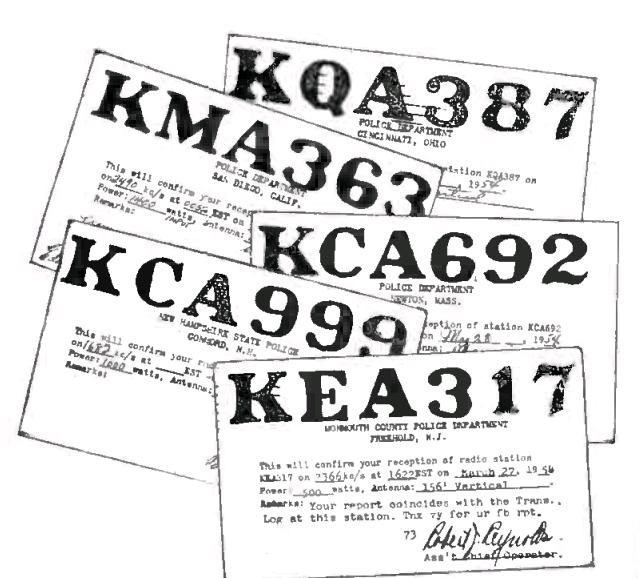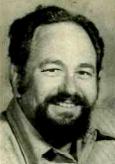I was surprised to learn that as recently as 1965, there were still some police departments using the MF frequencies just above the standard AM broadcast band. Many receivers in the 1930’s and 1940’s included the police band, either by including a separate band, or by simply extending the tuning range of the broadcast band. Surprisingly, a few of these police stations were still around in 1965, and the December 1965 issue of Radio TV Experimenter included a complete listing.
At the end of 1947, there were 700 police base stations operating between 1600 and 2500 kHz, but by 1965, the number was down to less than a hundred “hearty stations clinging to these channels”.
The author of the article, Tom Kneitel, K3FLL/WB2AAI (later K2AES and KBG4303, later still W4XAA) called these stations a “vanishing breed,” and that they would probably be gone in just a few more years.
Kneitel noted that the easiest way to log these stations was to park the receiver on a given channel and listen for an hour or two. He had listened to a dead frequency for 15 minutes only for it to come alive with several stations at the same time. One of his favorites was the New Hampshire State Police, KCA999 on 1682 kHz. Their signal had been regularly logged in Europe.
As shwon above, most of these stations would QSL. Kneitel’s advice was to include date, time, frequency, signal strength, equipment, and some specific detail about the transmission. Although a few of them had QSL’s printed up, most didn’t. Therefore, he recommended preparing a prepaid reply card for them to fill in, sign, and return.
Kneitel pointed out that within a few years, all of these stations would be gone, “little more than memories to be discussed around the table with other old time DX’ers, which made them seem even more interesting.
If the name Tom Kneitel sounds familiar, that’s probably because he wrote for numerous publications over the years, including Popular Communications, S9, and Popular Electronics, and a number of books. I remember him mostly for his regular column in Electronics Illustrated, dubbed “Uncle Tom’s Corner,” in which he provided usually useful, and occasionally snarky, answers to reader letters. A example of the latter is this one from the November 1971 issue:
I’m only beginning in Amateur Radio and I’d like you to explain what is the Voice of America.
-Stephen Baier
LaCrosse, Wisc.Spiro Agnew.
Kneitel died in 2008 at the age of 75.
Click Here For Today’s Ripley’s Believe It Or Not Cartoon
![]()



Pingback: Uncle Tom’s Corner, 1965 | OneTubeRadio.com